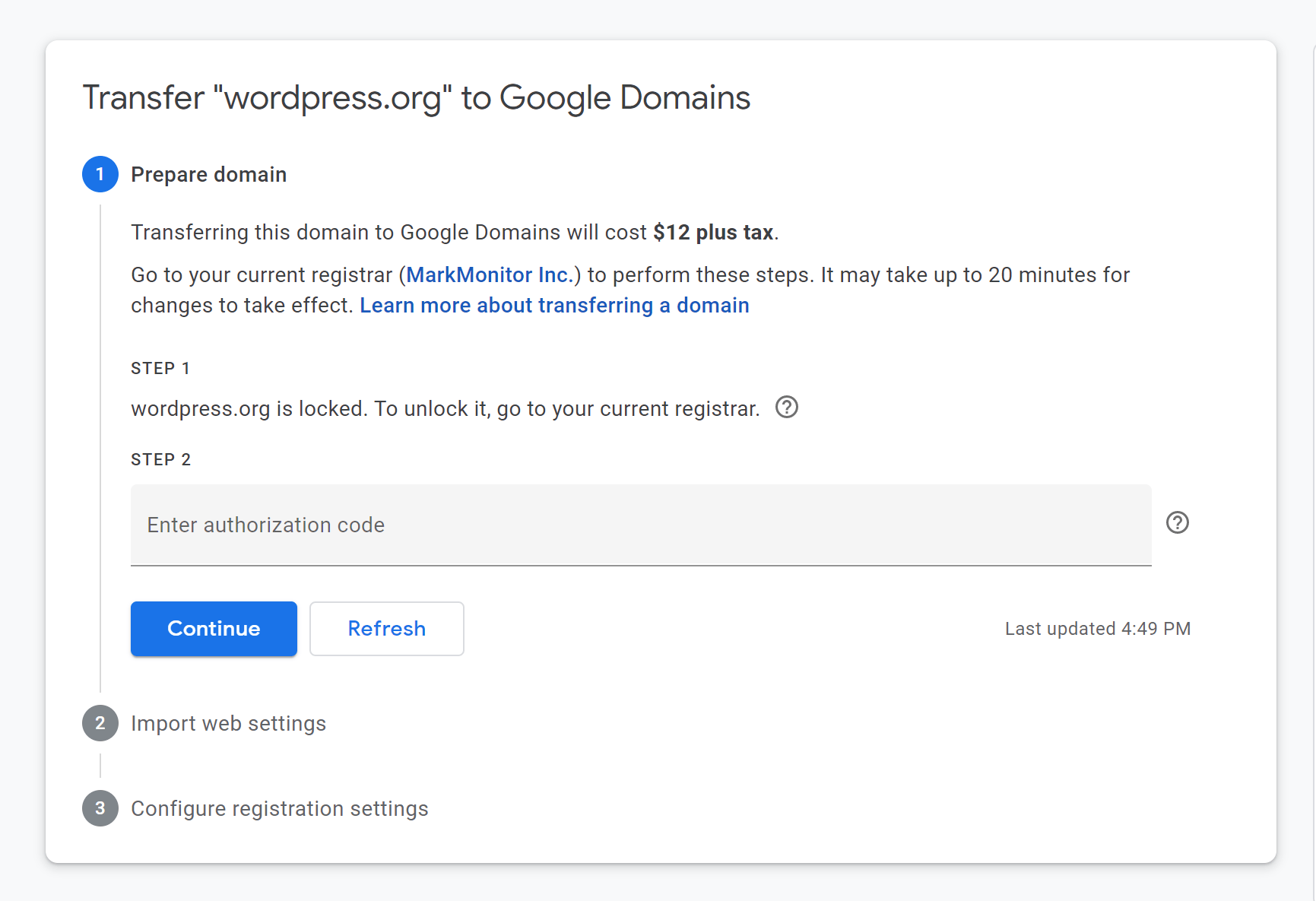Unmute Your Presence: 3 Easy Fixes

In today's fast-paced world, effective communication and collaboration are more important than ever. With the rise of remote work and digital meetings, ensuring a seamless audio experience is crucial for productivity and engagement. However, audio issues can often hinder communication, leaving participants frustrated and disconnected. This article aims to address common audio problems and provide simple yet powerful solutions to enhance your virtual presence.
Understanding the Audio Dilemma

Imagine a scenario where you’re eagerly awaiting an important online meeting, only to find yourself battling against an elusive audio glitch. You’re not alone; audio-related challenges are a common nuisance in the digital workspace. Whether it’s an unexpected echo, background noise, or complete silence, these issues can disrupt the flow of conversations and impact the overall productivity of a team.
Audio problems can arise from various sources, including outdated software, incompatible devices, or even simple user errors. These issues often lead to frustration and can negatively impact the perception of your professional image. Thus, it is crucial to address these challenges head-on and implement effective solutions to ensure a smooth and engaging audio experience.
Fix 1: Optimize Your Audio Settings

The first step towards unmuting your presence is ensuring your audio settings are optimized. This simple fix can significantly enhance the quality of your audio and reduce common issues.
Choose the Right Audio Device
Selecting the appropriate audio device is crucial for a seamless audio experience. Most laptops and computers come equipped with built-in microphones and speakers, but these may not always provide the best quality. Consider investing in an external microphone and headset to improve clarity and reduce background noise.
When choosing an audio device, look for features like noise cancellation and high-quality audio capture. These devices can significantly enhance your audio quality, making your voice clearer and more audible to others.
Adjust Microphone Settings
Once you have the right audio device, it’s essential to adjust your microphone settings to ensure optimal performance. Here are some key adjustments to consider:
- Check microphone levels: Ensure your microphone is set at an appropriate level to capture your voice clearly without distortion. Most video conferencing platforms offer a test call feature to check your audio levels.
- Enable noise cancellation: Many audio devices and software applications offer noise cancellation features. Enabling this feature can help reduce background noise and improve the overall audio quality.
- Manage microphone input: Some platforms allow you to manage microphone input levels during a call. This feature can be useful for adjusting your audio settings on the fly, especially if you're in a noisy environment.
Test and Troubleshoot
After making adjustments to your audio settings, it’s important to test and troubleshoot to ensure everything is functioning correctly. Here’s a simple checklist to follow:
- Conduct a test call: Use the test call feature provided by your video conferencing platform to check your audio quality. Listen for any echoes, background noise, or distortion.
- Adjust microphone placement: Experiment with different microphone placements to find the optimal position for clear audio capture. Avoid placing the microphone too close to your mouth, as this can cause clipping and distortion.
- Check for software updates: Ensure your audio device drivers and software are up-to-date. Outdated software can sometimes cause audio issues, so regular updates are essential.
Fix 2: Enhance Your Audio Environment
While optimizing your audio settings is crucial, creating an ideal audio environment is equally important. By making a few simple adjustments to your physical surroundings, you can significantly improve the quality of your audio and reduce distractions.
Find a Quiet Space
The first step in enhancing your audio environment is finding a quiet space. Background noise can be a major distraction and impact the clarity of your audio. Here are some tips to find the perfect quiet spot:
- Identify a dedicated workspace: If possible, set up a designated workspace that is quiet and free from distractions. This could be a home office, a quiet room, or even a corner of your living space.
- Use noise-cancelling headphones: If finding a quiet space is challenging, consider using noise-cancelling headphones. These can help block out external noises and improve the quality of your audio.
- Silence your surroundings: Before joining a call, take a moment to silence any potential noise sources in your environment. This includes turning off the TV, putting pets in another room, and asking family members or roommates to be mindful of their noise levels.
Minimize Echo and Reverberation
Echoes and reverberation can negatively impact the quality of your audio, making it difficult for others to understand you clearly. To minimize these issues, consider the following:
- Avoid hard surfaces: Echoes are often caused by sound bouncing off hard surfaces. If possible, avoid sitting near walls, windows, or other hard surfaces during calls. Instead, try to position yourself in a space with soft furnishings or curtains that can absorb sound.
- Use acoustic panels: If you frequently experience echoes, consider investing in acoustic panels. These panels can be placed on walls or ceilings to absorb sound and reduce reverberation.
- Experiment with positioning: Try different positions within your workspace to find the spot with the least echo. Sometimes, a simple adjustment of your chair or desk can make a significant difference.
Manage Background Noise
Even with a quiet space and optimized audio settings, background noise can still be an issue. Here are some strategies to manage and reduce background noise:
- Use a virtual background: Many video conferencing platforms offer the option to use virtual backgrounds. This feature can help mask any background noise or distractions in your physical environment.
- Mute when not speaking: A simple yet effective strategy is to mute your microphone when you're not actively speaking. This prevents any background noise from being picked up and disrupts the flow of the conversation.
- Communicate with others: If you're in a shared space, communicate with your roommates or family members about the importance of minimizing noise during your calls. Ask them to be mindful of their activities and keep noise levels to a minimum.
Fix 3: Master the Art of Microphone Muting
Microphone muting is a simple yet powerful tool that can greatly enhance your audio experience. By understanding when and how to mute your microphone, you can minimize distractions and ensure a more focused and productive conversation.
Understand the Benefits of Muting
Muting your microphone when you’re not speaking offers several advantages:
- Reduced Background Noise: By muting your microphone, you prevent any background noise in your environment from being picked up and disrupting the conversation.
- Improved Focus: When everyone mutes their microphones when not speaking, it creates a more focused and attentive environment. This can lead to better engagement and productivity during meetings.
- Fewer Distractions: Muting can help eliminate accidental interruptions or distractions caused by coughing, sneezing, or other noises that may occur during a call.
Best Practices for Microphone Muting
To make the most of microphone muting, consider these best practices:
- Mute by Default: Encourage participants to mute their microphones by default when joining a call. This simple habit can significantly reduce background noise and distractions.
- Unmute When Speaking: When it's your turn to speak, remember to unmute your microphone. This ensures that your voice is heard clearly and avoids any delays or disruptions in the conversation.
- Use the "Raise Hand" Feature: Many video conferencing platforms offer a "raise hand" feature. Encourage participants to use this feature when they have something to say, indicating to others that they want to speak without causing unnecessary interruptions.
Troubleshooting Microphone Muting Issues
While microphone muting is a straightforward feature, it can sometimes cause confusion or technical issues. Here are some common problems and their solutions:
- Unintentional Muting: If you find yourself accidentally muting your microphone during a call, simply check the microphone icon or status bar to see if you're muted. You can easily unmute yourself by clicking the icon or using the appropriate keyboard shortcut.
- Microphone Not Muting: If your microphone is not muting when you click the mute button, check your audio settings and ensure that the mute function is enabled. Sometimes, a simple restart of your device or the video conferencing application can resolve this issue.
- Microphone Unmuting Automatically: In some cases, your microphone may unmute automatically, causing disruptions during a call. To prevent this, make sure your audio settings are properly configured and consider using the "lock mute" feature if available.
Conclusion: Unmute and Engage
By implementing these three easy fixes, you can significantly enhance your audio presence and improve the overall quality of your virtual meetings and collaborations. Remember, optimizing your audio settings, creating an ideal audio environment, and mastering the art of microphone muting are all essential steps towards effective communication and engagement.
With these simple yet powerful solutions, you can ensure that your voice is heard clearly, minimize distractions, and create a more focused and productive virtual workspace. So, unmute your presence, engage with confidence, and make the most of every digital interaction.
What are some common causes of audio issues during virtual meetings?
+Common causes of audio issues include outdated software, incompatible devices, poor internet connection, and background noise. Additionally, user errors such as forgetting to unmute or improper microphone placement can also lead to audio problems.
How can I improve the quality of my audio without investing in new equipment?
+You can improve audio quality by optimizing your audio settings, such as adjusting microphone levels and enabling noise cancellation. Additionally, finding a quiet space and minimizing echo and reverberation can significantly enhance your audio without the need for new equipment.
Are there any tips for managing background noise during virtual meetings?
+Yes, using a virtual background, muting your microphone when not speaking, and communicating with others about minimizing noise levels can help manage background noise. Additionally, positioning yourself away from hard surfaces and using acoustic panels can further reduce echoes and reverberation.
How often should I test and troubleshoot my audio settings?
+It’s a good practice to test and troubleshoot your audio settings regularly, especially before important meetings or when you notice any audio issues. Conducting a test call and adjusting microphone placement and levels can ensure optimal audio quality.



